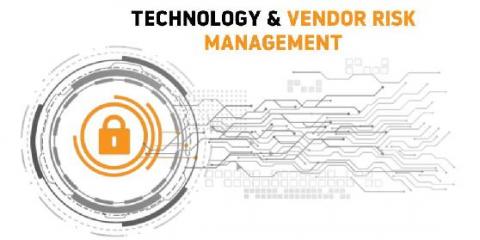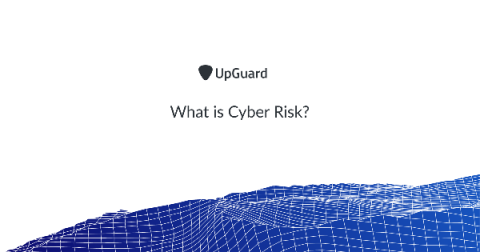California Confidentiality of Medical Information Act vs. HIPAA
Patient health information is governed by robust rules that determine how this data is handled, stored, and accessed. Federal laws, such as the Health Insurance Portability and Accountability Act (HIPAA) and various state laws strengthen patient rights. HIPAA set a baseline for regulatory compliance with patient health information. Under the “preemption” language in the rule, no state may create less effective or weaker medical privacy protection for individuals.








